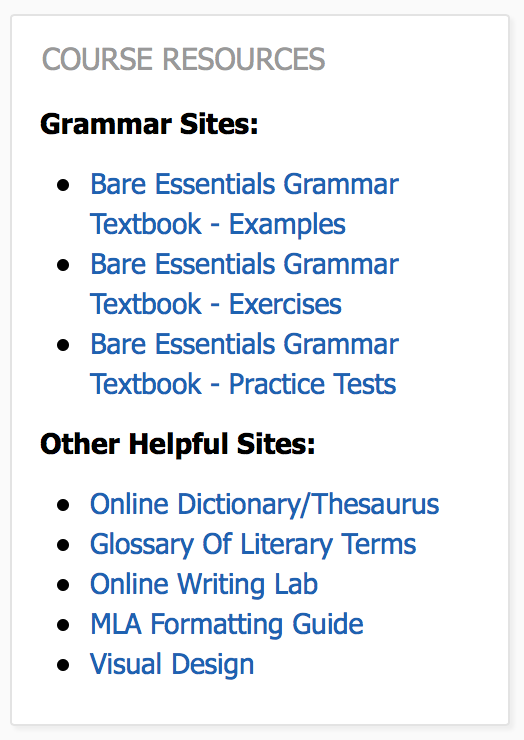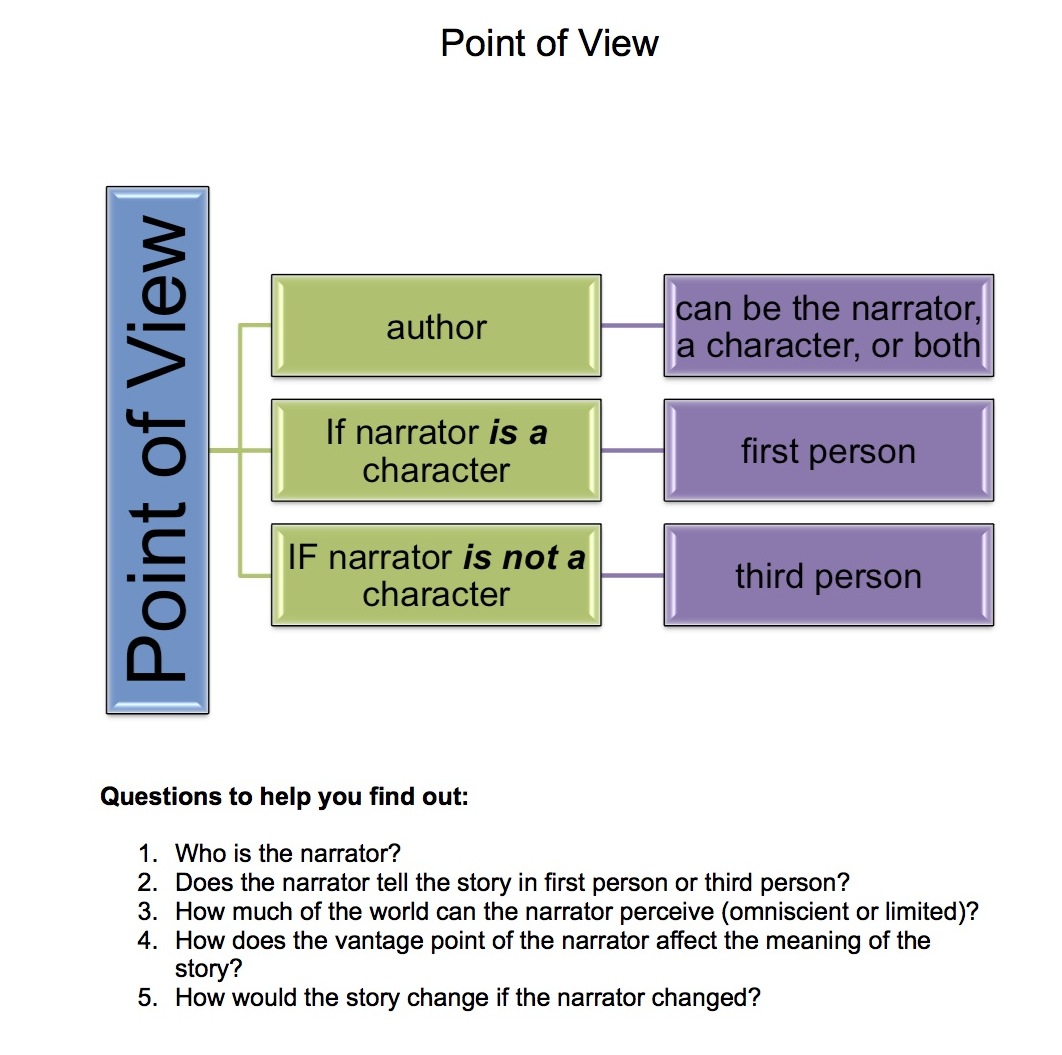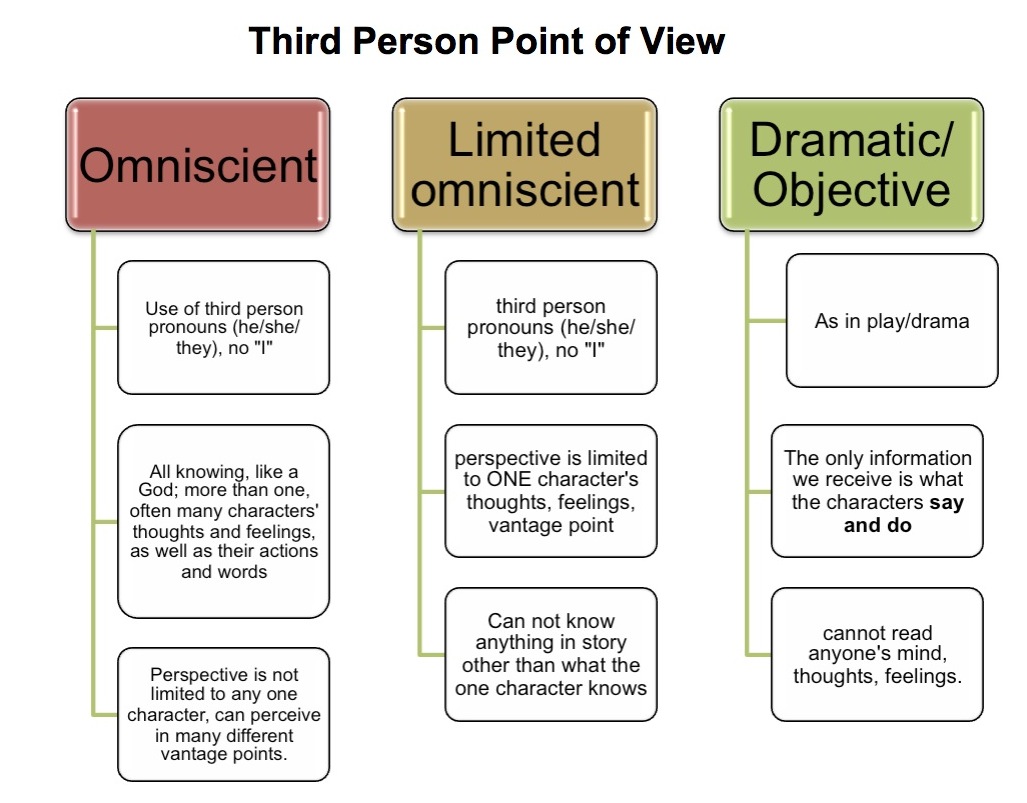Personal and Cultural Identity
| Site: | Cowichan Valley School District - Moodle |
| Course: | ELA10 - Creative Writing (2 credit), CSS, Cizeron |
| Book: | Personal and Cultural Identity |
| Printed by: | Guest user |
| Date: | Thursday, 18 December 2025, 12:12 PM |
Introduction
Discovering and developing our personal and cultural identity means we need to recognize...
- Relationships and cultural contexts
- Personal values and choice
- Personal strengths and abilities
Consider all of these elements as you work through the assignments in this section.
Summary Explanation of Assignments
Here is a quick overview of the assignments for this unit. However, be sure you read over the specific assignment instructions that follow for each one. Review the marking rubrics for the assignments before you start.
ASSIGNMENT 1: Setting, Conflict, Ray of Hope
You will develop a narrative arc that clearly identifies a setting, a conflict, and a resolution to help your character escape that conflict. You could even write a narrative poem or an epic poem.
ASSIGNMENT 2: Epiphany
Not to coin Oprah, but this is one of those A -Ha! moments. Try to find a moment in your own relationships or personal values and abilities where you have learned to see things in a new way.
ASSIGNMENT 3: High Points, Low Points, and Turning Points
This is where you will make connections between formative moments in your life and use those personal experiences to develop a personal narrative.
ASSIGNMENT 4: Snapshots
Write about where you live. Use your words to illustrate the setting. Reveal something about your town that is specific to you.
ASSIGNMENT 5: Editing FORUM
Go through the 3 Grammar Resources listed under Course Resources. These sites are from an online Grammar textbook called The Bare Essentials. There are examples, practice exercises, and practice tests.
Do the practice tests in Unit 2 (SENTENCES) and Unit 3 (GRAMMAR). If you are not achieving 100% on these tests, review the lesson in the EXAMPLES and the do some practice EXERCISES to review.
In this forum, comment on which of the tests you found easiest. Which one was most difficult? Was there a concept in these practice tests that was unfamiliar to you? How might you begin to apply these learning lessons into your own writing? Can you see where you might use some of these conventions of language? Provide a discussion of your results and their applications into your creative writing.
ASSIGNMENT 6: PROJECT - Advice from an Author
Listen to a Canadian author read a selection from his work. Then choose which part of this conversation you would like to discuss: the overview, his suggested writing assignment, or a conversation about jobs in the writing/publishing industry.
ASSIGNMENT 1: Setting, Conflict, Ray of Hope
|
Learning Target (Curricular Competencies):
|
Task:
This could be a poem or a short story. Develop the thread (setting, conflict, ray of hope) consecutively, with each step of the assignment entering after the previous step. This formula is a not-uncommon narrative arc... You might want to give FLASH FICTION a try. These are complete stories of fewer than 1,500, 1,000, 500 or even 300 words if you can believe it!
Step 1: Develop a setting in time and place using imagery, dialogue or description. Think of a setting that is meaningful to you. Can you relate to it?
Step 2: Introduce a conflict. Perhaps it's a conflict you've experienced in your life?
Step 3: Find a ray of hope. You could go so far as to introduce deus ex machina to resolve your conflict.
Step 4: Find a way to end the piece.
Assessment: Below you will find the exemplary criteria used to assess the assignment.
Learning Target: (Exemplary 6/6): Exemplary comprehension of the task and clear accomplishment of the objective. Student demonstrates critical, creative, and reflective thinking to develop a clear narrative arc that includes setting, conflict and a ray of hope recognizing how different features and forms of texts enhance and shape meaning and impact.
Written Expression: (Exemplary (6/6): Sentence structure and vocabulary are varied, skillfully written, and carefully chosen. Work has been proofread and there are few or no errors in spelling, capitalization, punctuation, and grammar. Content contributes to the central idea and makes insightful connections with logical organization.
Submission:
Use the "3.1 Setting, Conflict, Ray of Hope" link on the main page of this section of the course to upload your assignment to your teacher for marking.
ASSIGNMENT 2: Epiphany
|
Learning Target (Curricular Competencies):
|
Task:
An epiphany is a sudden realization or recognition. It's often life-altering. Write a poem or short story where an epiphany takes place. Or, write about a personal experience where the veil fell from your eyes and suddenly you saw the world in a new and profound way.
Assessment: Below you will find the exemplary criteria used to assess the assignment.
Learning Target: (Exemplary 6/6): Exemplary comprehension of the task and clear accomplishment of the objective. Student demonstrates critical, creative, and reflective thinking to share an epiphany recognizing how different features and forms of texts enhance and shape meaning and impact. Exemplary development of ideas. Accomplishes the purpose with originality, individuality, maturity, and sophistication.
Written Expression: Exemplary (6/6): Sentence structure and vocabulary are varied, skillfully written, and carefully chosen. Work has been proofread and there are few or no errors in spelling, capitalization, punctuation, and grammar. Content contributes to the central idea and makes insightful connections with logical organization.
Submission:
Use the "3.2 Epiphany" link on the main page of this section of the course to upload your assignment to your teacher for marking.
ASSIGNMENT 3: High Points, Low Points, Turning Points
|
Learning Target (Curricular Competencies):
|
Task:
High Points, Low Points and Turning Points: A Personal Narrative
Each of these pivotal junctures in our lives can be rich grist for the creative mill. Indeed, the intensity of powerful personal experiences can make stories more engaging and more riveting.
Step 1: Brainstorm High. Low and Turning Points
- Using a table format, brainstorm 5 High Points, 5 Low Points, and 5 Turning Points in your life thus far. Be sure to submit your brainstorming with your final draft.
- Use point-form notes, which may include a short code or phrase or quote to identify for your eyes only, what the gist of each point signifies. This is a draft for you. No one else will look at it or grade it, but the process of examining your life for events that stand out in some fashion will help propel a piece of creative non-fiction or a story.
Step 2: Choose the heat.
- Choose the top three events from your brainstormed lists. Which are the most potent? Which are the ones that really speak to you?
- Then, after you have three narrowed down, see if there may be a common thread. Is there a link between that low point and turning point? Are the narrative threads connected?
Step 3: Write.
- Write a small narrative based on one of the hottest or most visceral points in your life. Choose whether the point of view voice will be first person ("I") or whether the tale will be told from the perspective of a third person narrator. You could review point of view...
2. Feel free to embellish. Exaggerate. Add untruths to the base of non-fiction. Fiction is usually based on some aspect of real experience that the writer has crafted to be their own.
3. Make this story your own. Remember, this is your personal narrative.
HINT: If you need more clarity on writing a personal narrative, there is a "book" at the top of the course called Writing a Personal Narrative.
Assessment: Below you will find the exemplary criteria used to assess the assignment.
Learning Target: (Exemplary 6/6): Exemplary comprehension of the task and clear accomplishment of the objective. Student demonstrates exemplary personal narrative writing skills. Student demonstrates critical, creative, and reflective thinking to brainstorm and then develop high, low and turning points recognizing how different features and forms of texts enhance and shape meaning and impact. Ideas generated are thoughtful and unique with clear personal connection.
Written Expression: Exemplary (6/6): Sentence structure and vocabulary are varied, skillfully written, and carefully chosen. Work has been proofread and there are few or no errors in spelling, capitalization, punctuation, and grammar. Content contributes to the central idea and makes insightful connections with logical organization.
Submission:
Use the "3.3 High Points, Low Points, Turning Points" link on the main page of this section of the course to upload your assignment to your teacher for marking.
ASSIGNMENT 4: Snapshots
|
Learning Target (Curricular Competencies):
|
Task:
For this assignment, we will be capturing the essence of your town in small snippets of writing.
Think of feelings, events, people and landscapes that have become part of its identity. In one page or less, using descriptive sensory language, capture an aspect of your town in narrative form. Make your words create a snapshot.
Consider certain landmarks, feelings and traditions that characterize your town and write a story about them. Your goal is to make your reader smile, remember and laugh at the truth it reveals about the place.
You will also be required to include a picture that complements your piece of writing.
Here are the criteria:
- One page or less
- Use descriptive sensory language
- Must be a narrative (includes a beginning, middle and end)
- Reveals something about your town
- Includes a picture that complements your story
- Proofread for proper grammar, punctuation and word choice (unless you are deliberately challenging conventions)
Assessment: Below you will find the exemplary criteria used to assess the assignment.
Learning Target: (Exemplary 6/6): Exemplary comprehension of the task and clear accomplishment of the objective. Student demonstrates critical, creative, and reflective thinking to use sensory descriptive language in narrative format recognizing how different features and forms of texts enhance and shape meaning and impact. Ideas generated are thoughtful and unique with a clear personal connection to the image selection.
Written Expression: Exemplary (6/6): Sentence structure and vocabulary are varied, skillfully written, and carefully chosen. Work has been proofread and there are few or no errors in spelling, capitalization, punctuation, and grammar. Content contributes to the central idea and makes insightful connections with logical organization.
Submission:
Use the "3.4 Snapshots" link on the main page of this section of the course to upload your assignment to your teacher for marking.
ASSIGNMENT 5: Editing Forum
|
Learning Target (Curricular Competencies):
|
Task:
Go through the 3 Grammar Resources listed under Course Resources (on the side of the course). These sites are from an online Grammar textbook called The Bare Essentials. There are examples, practice exercises, and practice tests.

Do the practice tests in UNIT 2 (SENTENCES) and UNIT 3 (GRAMMAR). If you are not achieving 100% on these tests, review the lesson in the EXAMPLES and the do some practice EXERCISES to review.
In this forum, comment on which of the tests/concepts you found easiest. Which one was most difficult? Was there a concept in these practice tests that was unfamiliar to you? How might you begin to apply these learning lessons into your own writing? Can you see where you might use some of these conventions of language? Provide a discussion of your results and their applications into your speaking and writing. Comment on another's post. Did you get other ideas for applying these grammar lessons into your own writing?
There are TWO activities in a FORUM:
- Go to the main page of the course and click on 3.5 Response Forum. Start a new discussion topic by clicking on Add a New Discussion Topic.
- Reply/Respond to someone else's discussion topic by clicking on their topic and selecting Reply. Your response should provide an analysis of the discussion in the post and some original ideas. Try using the following prompts to guide your response to another post. "I wonder…" "I know…" "I can…" Don't just agree or disagree.
Assessment: Below you will find the exemplary criteria used to assess the assignment.
Learning Target: (Exemplary 6/6): Exemplary comprehension of the task and clear accomplishment of the objective. Student has carefully considered prior and new knowledge of sentence construction including run on sentences, sentence fragments, modifiers, and parallel structure. Student has carefully considered prior and new knowledge of grammar rules including use of verbs and pronouns. Student demonstrates clear understanding of personal learning.
Response/Reply: Exemplary (6/6): The response/reply is thoughtful, insightful and respectfully exchanges ideas and viewpoints. Student demonstrates an exceptional level of understanding and communication of shared information.
Submission:
Use the "3.5 Response Forum" link on the main page of this section of the course to post your forum response to your teacher for marking.
ASSIGNMENT 6: PROJECT - Advice from an Author
|
Learning Target (Curricular Competencies):
|
Task:
1. Watch this video featuring Wayne Arthurson from Edmonton, Alberta.
It has four sections:
- The Reading (the author reads their work to you)
- The Assignment (a writing exercise for you to do...)
- The Recommendation (a book or author that's a favourite)
- The Sign-Off (a piece of writing wisdom)
2. Then, either respond to the video and Arthurson's reading by doing a one page reflection on his writing, his reading performance, his work, or connections that arise for you as he reads
or
3. Do the writing assignment he suggests.
or
4. Research jobs associated with writing. You can start with the ones Arthurson mentions in the video. Which one most appeals to you? Discuss.
Assessment: Below you will find the exemplary criteria used to assess the assignment.
Learning Target: (Exemplary 6/6): Exemplary comprehension of the task and clear accomplishment of the objective. Student demonstrates critical, creative, and reflective thinking to explore ideas within, between, and beyond texts. Writing demonstrates some complex, mature topics, structures, language and techniques. Exemplary engagement with the topic.
Ideas/Content: (Exemplary 6/6): Exemplary development of ideas. Content is clear, concise and original. Content contributes to the central idea and makes insightful connections with logical organization. Accomplishes the purpose with originality, individuality, maturity, and sophistication.
Reflection and Insight: (Exemplary 6/6): Complex connections and original ideas are included in a thoughtful response. Student demonstrates superior and insightful understanding of meaningful personal connections to the text, to self, and to the world.
Written Expression: (Exemplary 6/6): Sentence structure and vocabulary are varied, skillfully written, and carefully chosen. Work has been proofread and there are few or no errors in spelling, capitalization, punctuation, and grammar.
Submission:
Use the "PROJECT: Advice from an Author" link on the main page of this section of the course to upload your assignment to your teacher for marking.

